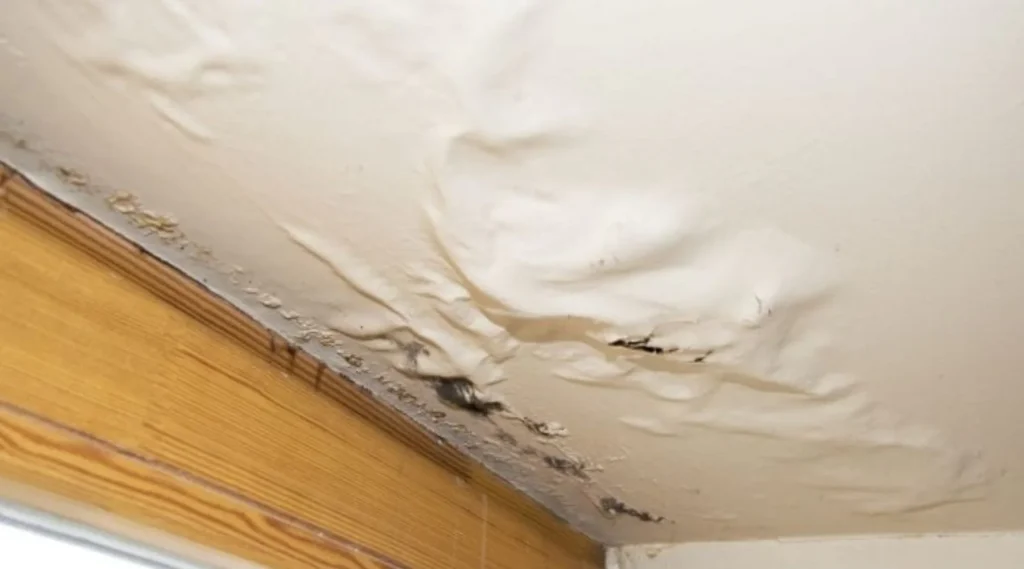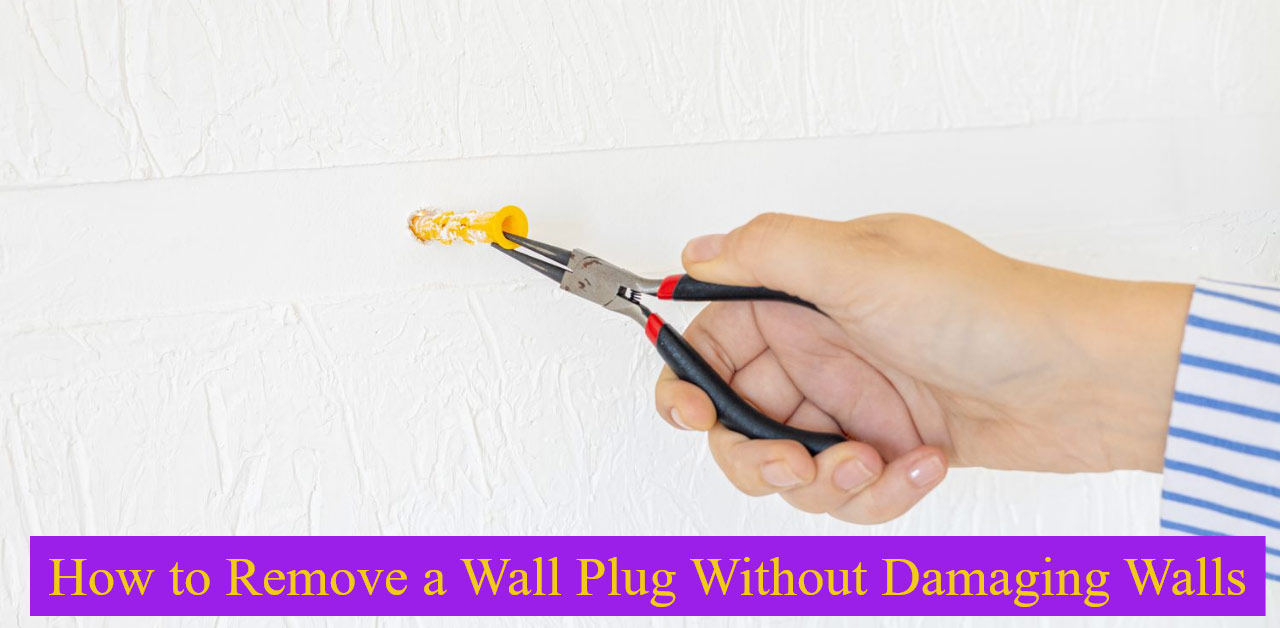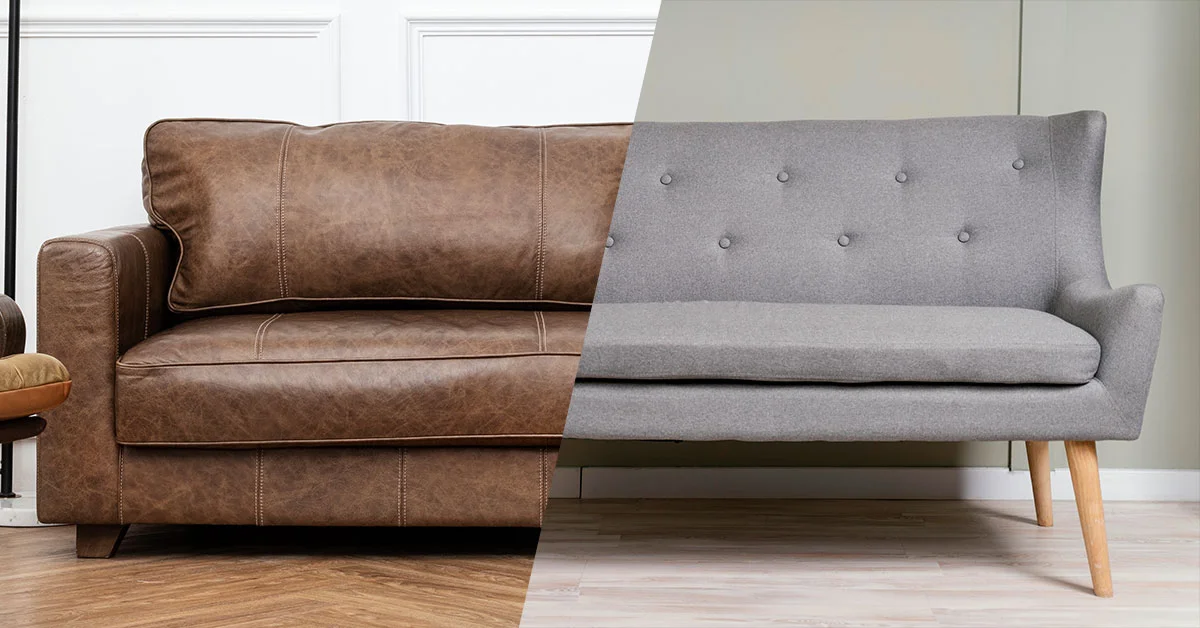Removing wall plugs can feel tricky, especially if you want to avoid damaging your walls in the process. Many UK homeowners face this problem when redecorating, moving furniture, or simply updating the look of their home. Whether you are dealing with plastic wall plugs in plasterboard or rawl plugs in brickwork, knowing the right techniques and tools can save you both time and costly repairs. By following safe wall anchor techniques and using proper DIY handyman tips, you can make the job quick and easy while leaving your walls looking fresh. At U Shaped Sofa Store, we understand how important a flawless home interior is, which is why we also provide stylish and comfortable sofas to complement your newly refreshed living space.
Understanding what wall plugs are and why they are used

Wall plugs, also called rawl plugs or screw anchors, are small inserts designed to hold screws securely in walls made from materials like plaster, brick, or concrete. They expand when a screw is driven into them, creating a strong grip that keeps items such as shelves, mirrors, or frames firmly attached. In UK homes, plastic wall plug solutions are the most common, especially in plasterboard, but metal and nylon versions are also widely used. Knowing the type of plug you have is important before attempting removal because different materials require slightly different techniques.
Common types of wall plugs found in UK homes
In most UK properties, you will encounter a few main types of wall plugs. Plastic wall plugs are the most common for general household fittings, offering reliable support for light to medium loads. Metal wall anchors are stronger and often used for heavy items such as radiators or large shelving units. Cavity wall plugs are designed for hollow walls and expand behind the surface for a secure hold. Finally, there are specialist rawl plugs for masonry walls, which grip tightly into brick or concrete. Identifying your plug type before removal is one of the most important wall anchor removal tips because using the wrong method can damage the surrounding plaster or paintwork.
Tools you need for safe wall plug removal

Before starting, make sure you have the right tools for removing plugs. In most cases, you will need a screwdriver, pliers, and possibly a drill with the correct bit size. A flathead screwdriver can be used to gently lever out a plug, while needle-nose pliers are perfect for gripping and twisting stubborn plugs. A utility knife can also be helpful for trimming any protruding plastic after removal. For masonry plugs, a small masonry drill bit can help loosen the plug without widening the hole too much. In the UK, brands like Stanley, Draper, and Silverline are widely available and offer reliable, affordable options. Having the right tools on hand makes easy screw plug removal much simpler.
Why preparation is important before starting removal
Rushing into wall plug removal without preparation can cause unnecessary wall damage. Before starting, clear the area around the plug and make sure you have protective sheets on the floor to catch dust and debris. Wearing safety glasses is also recommended when working with masonry walls to avoid dust getting into your eyes. If you are removing rawl plugs from painted walls, score lightly around the plug with a craft knife to prevent chipping. Preparing properly is part of safe wall anchor techniques and ensures you will not create a bigger repair job than necessary.
Step by step guide for removing plastic wall plugs

Plastic wall plugs are the easiest to remove if you follow a careful process. Start by checking if the plug is flush with the wall or sticking out. If it is protruding, grip it firmly with pliers and twist while gently pulling outward. This movement helps break the grip inside the wall. If the plug is recessed or flush, insert a screw partially into it and use the screw head to pull the plug out using pliers. This is one of the simplest and most effective plastic wall plug solutions, especially in plasterboard walls. Avoid excessive force as this can enlarge the hole and make DIY wall repair more difficult later.
Using the screw method for stubborn plugs
For stubborn wall plugs that refuse to come out, the screw method works well. Insert a screw into the plug, leaving about 1cm of the screw protruding. Use pliers or a claw hammer to lever against a small block of wood placed on the wall surface to protect it from marks. This method uses leverage rather than force, reducing the risk of damaging the wall. It is a great example of combining tools for removing plugs with simple DIY handyman tips to get professional results at home.
Removing rawl plugs from brick or masonry walls

When working with brick or masonry, extra care is needed to avoid chipping or crumbling the wall surface. Start by inserting a screw into the plug and pulling gently with pliers. If it resists, use a small masonry drill bit to loosen the plug inside the hole. The aim is to reduce its grip without enlarging the hole unnecessarily. If the plug is very tight, you can collapse it inward by drilling into the centre, which will allow it to come out in pieces. This technique is widely used in DIY wall repair and is one of the safest wall anchor removal tips for older UK properties where plaster may already be fragile.
Avoiding damage when removing plugs from old plaster walls
Older plaster walls can be delicate, especially in period UK homes. Before removing rawl plugs, check for cracks or signs of weakness around the plug. Using minimal force is crucial to avoid making the hole larger. If you suspect the plaster is weak, consider cutting around the plug with a craft knife before removal to prevent tearing. For very fragile areas, you may decide to leave the plug in place and fill over it, which is sometimes the best option when patching walls after plug removal.
Fixing holes in plaster after plug removal
Once the plug is removed, you will likely have a small hole that needs repairing. Fixing holes in plaster is a straightforward DIY job if you follow the correct steps. Start by cleaning the hole of dust and debris, then apply a ready-mixed filler using a filling knife. Smooth it level with the wall surface and allow it to dry completely before sanding. For painted walls, you can then touch up the area with matching paint. This process not only restores the wall’s appearance but also strengthens it for future fittings.
Choosing the right filler for UK wall repairs
When patching walls after plug removal, choosing the right filler makes a big difference to the finish. For small holes in plasterboard, lightweight filler is easy to use and sands smoothly. For masonry walls, a stronger filler such as polyfilla for masonry ensures a solid repair. In bathrooms or kitchens where moisture is a factor, opt for a water-resistant filler to prevent deterioration over time. Having the correct product on hand is one of the most overlooked DIY handyman tips for home maintenance.
Preventing wall damage in future fittings

If you plan to reinstall items on your walls, consider alternative fixing methods that cause less damage. Adhesive hooks, picture hanging strips, or specialist removable wall fixings can provide strong support without the need for wall plugs. When wall plugs are necessary, always match the plug size and type to the wall material. This approach not only makes future removal easier but also reduces the risk of large repairs.
Learning from common mistakes in wall plug removal
Many people damage their walls by pulling too hard, using the wrong tools, or not preparing properly before removal. Avoid forcing the plug out at awkward angles, which can tear plaster or chip paint. Always use tools for removing plugs correctly and take your time. A careful, methodical approach is the key to easy screw plug removal without costly repairs.
FAQs
What is the safest way to remove wall plugs from plaster walls
Safe wall anchor techniques include gently twisting the plug with pliers or using a partially inserted screw to pull it out carefully to avoid damaging plaster walls
How do I remove rawl plugs without damaging the wall
Insert a screw into the rawl plug and pull gently with pliers; if stubborn, use a drill to loosen the plug inside before removal
Can I remove plastic wall plugs without tools
Plastic wall plugs usually require at least pliers or a screwdriver for easy screw plug removal, but in some cases, gentle twisting by hand may work
What tools do I need for removing wall plugs safely
Basic tools include pliers, a screwdriver, a utility knife, and for masonry plugs, a drill with the right bit for easy screw plug removal
How can I fix holes in plaster after removing wall plugs
Clean the hole, apply ready-mixed filler with a filling knife, smooth it level, let it dry, then sand and repaint for a smooth finish
Are there any wall anchor removal tips for old plaster walls
Score around the plug with a craft knife before removal to prevent chipping and use minimal force on fragile plaster
What should I do if the wall plug is stuck and won’t come out
Try inserting a screw partially and use pliers to pull it out; if still stuck, use a drill to break it up inside the wall carefully
How do I remove wall plugs from brick or masonry walls
Gently pull with pliers after inserting a screw or use a masonry drill bit to loosen the plug before removal to avoid wall damage
Can I reuse wall plugs after removing them
It’s best to replace wall plugs after removal as they may lose grip and compromise safety when reused
What filler is best for patching walls after plug removal
Use lightweight filler for plasterboard and stronger polyfilla for masonry walls; in moist areas, water-resistant fillers are recommended
How can I prevent wall damage when installing new wall plugs
Match the plug type and size to the wall material and consider alternative fixings like adhesive hooks for less damage
Is it possible to remove rawl plugs without drilling
Yes, by using the screw method combined with pliers to gently pull the plug out without drilling
What are some DIY handyman tips for wall plug removal
Prepare the area, use the right tools, work slowly to avoid wall damage, and patch holes properly after removal
How do I safely remove oversized wall plugs
Use a combination of screw insertion, pliers, and if needed, drilling to carefully loosen and extract oversized plugs
Can I repair walls myself after removing wall plugs
Yes, with basic DIY wall repair materials like filler and sandpaper, most UK homeowners can fix holes and repaint for a professional look
Final thoughts on safe and easy wall plug removal
Removing wall plugs without damaging your walls is a skill that every UK homeowner or renter can master with the right knowledge. By following safe wall anchor techniques, using the correct tools, and carrying out small repairs afterwards, your walls can remain smooth and ready for redecorating. Whether you are updating your living room, rearranging furniture, or preparing to install a new luxury U sofa set from U Shaped Sofa Store, these methods will keep your home looking its best.





